Mosquitoes, beyond being pests, have intricate behaviors and habitat preferences impacting their population dynamics. Effective mosquito control leverages eco-friendly methods like eliminating breeding sites, using natural repellents, and applying non-toxic treatments to disrupt their life cycle. Traditional chemical sprays are replaced by alternatives such as introducing natural predators, using ultraviolet light traps, and essential oil-based repellents. Physical barriers, mechanical controls, community engagement, and education also play crucial roles in achieving sustainable mosquito management while preserving ecosystems and human health.
“Unraveling the eco-friendly approach to mosquito control is essential in creating sustainable environments. With an understanding of mosquito behavior and their habitat, we can effectively navigate the balance between pest management and preserving biodiversity. This article explores a comprehensive range of strategies, from traditional methods that target harmful insects to natural repellents derived from plants and essential oils. We delve into physical barriers, community engagement, and educational initiatives, offering safe and sustainable solutions for mosquito control.”
Understanding Mosquitoes: Behavior and Habitat
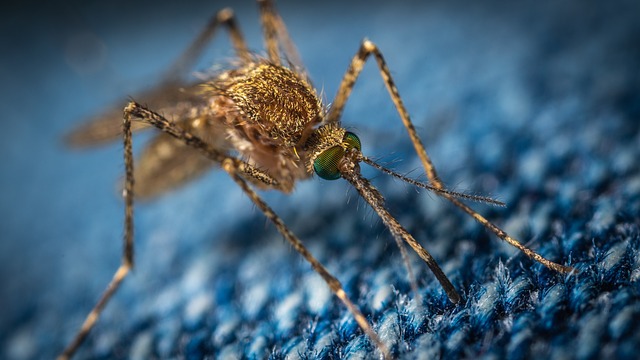
Mosquitoes are more than just a nuisance; they are intricate creatures with specific behaviors and habitat requirements that play a significant role in their population dynamics. Understanding these aspects is crucial for effective mosquito control. These insects thrive in standing water, as it serves as both a breeding ground and a source of sustenance. Female mosquitoes require blood meals to develop their eggs, often laying them in clusters near the water’s edge. This connection between water and mosquito reproduction is key to controlling their populations.
Mosquitoes are highly active during twilight hours and at night, making them elusive targets for control measures. Their behavior also includes a preference for certain carbon dioxide emissions and body heat, which helps them locate potential hosts. With this knowledge, eco-friendly control methods can be implemented, focusing on eliminating breeding sites, using natural repellents, and employing targeted, non-toxic treatments to disrupt their life cycle without harming the environment or other beneficial insects.
Traditional Mosquito Control Methods: Pests vs. Beneficial Insects
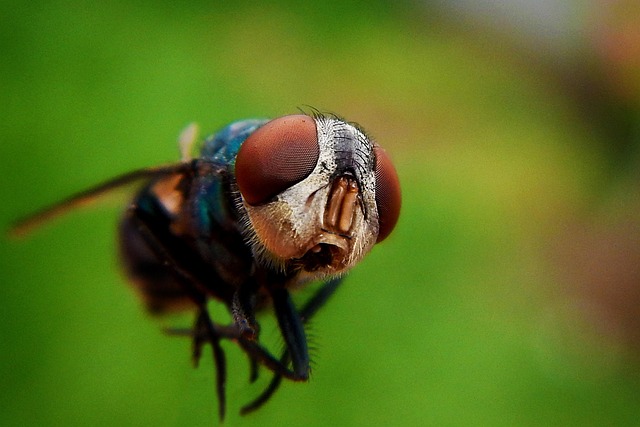
Traditional mosquito control methods often involve chemical sprays and pesticides, which can be harmful to both humans and the environment. These chemicals may target mosquitoes specifically, but they also pose risks to beneficial insects, birds, and other wildlife. The use of insecticides can lead to resistance in mosquito populations, making them harder to control over time.
In contrast, eco-friendly mosquito control approaches prioritize sustainability and minimal impact on non-target species. Instead of relying on chemicals, these methods focus on eliminating breeding grounds, using natural predators like bats and birds, and employing biological controls such as bacteria and parasites that target mosquitoes specifically. By adopting these strategies, communities can effectively manage mosquito populations while preserving the balance of local ecosystems.
Eco-Friendly Alternatives: Safe and Sustainable Solutions

In the realm of mosquito control, there’s a growing demand for safe and sustainable solutions that minimize environmental impact. Traditional methods often rely on toxic chemicals that can contaminate water sources and harm beneficial insects. Eco-friendly alternatives, however, offer a promising approach to managing mosquito populations without compromising biodiversity. These solutions range from biological controls like introducing natural predators (such as bats or fish) to target specific mosquito species, to the strategic use of plants with natural insecticidal properties for repelling mosquitoes.
Additionally, innovative technologies like ultraviolet light traps and heat-based repellents provide non-chemical methods to control mosquito presence. These eco-friendly practices not only protect human health but also preserve the delicate balance of local ecosystems. By adopting these safe and sustainable solutions, communities can effectively manage mosquito populations while promoting a healthier and more harmonious environment for both humans and wildlife.
Natural Repellents: Plants, Oils, and Essential Chemicals
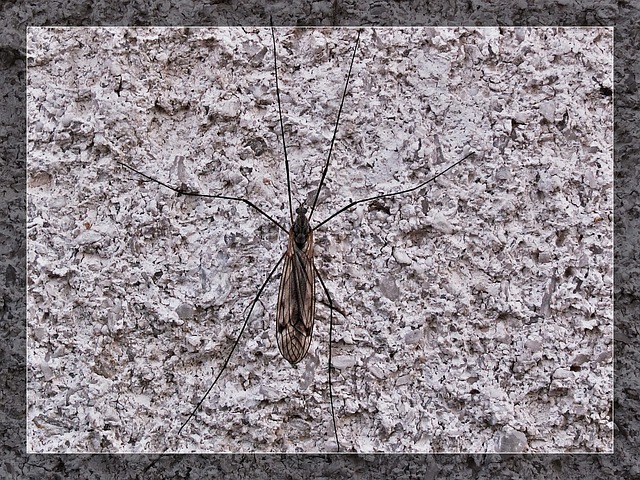
Mosquito control can be achieved through various natural methods, one of which is utilizing repellents found in plants, oils, and essential chemicals. Certain plants like citronella, lavender, marigolds, and lemongrass are known for their mosquito-repelling properties. These plants release compounds that mask human odors and interfere with the mosquitoes’ ability to detect carbon dioxide, making them less appealing as hosts.
Essential oils extracted from these plants, as well as others such as eucalyptus, peppermint, and tea tree oil, can be applied topically or diffused in the air to create a protective barrier against mosquitoes. These natural compounds are not only effective but also safe for use around children and pets. Additionally, some essential chemicals like DEET, although synthetic, have been proven to provide long-lasting protection when applied correctly, making them a popular choice for outdoor activities where mosquito control is paramount.
Physical Barriers and Mechanical Controls
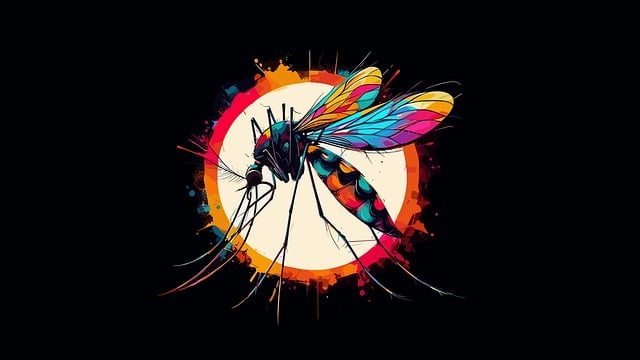
Physical barriers and mechanical controls offer effective mosquito control methods that are safe for both humans and the environment. One simple yet powerful strategy is to install or use physical screens on windows and doors, preventing mosquitoes from entering indoor spaces. These screens act as a barrier, allowing fresh air to circulate while keeping mosquitoes at bay. In outdoor areas, creating physical obstacles like planting dense shrubs or installing mosquito nets over seating zones can significantly reduce mosquito presence.
Mechanical controls involve using devices and equipment to eliminate or control mosquito populations. This includes the use of fans, which disrupt mosquito flight paths and reduce their ability to land on people. Additionally, mechanical repellents such as electric zappers or traps attract and kill mosquitoes, helping to decrease their overall number in treated areas. These methods are environmentally friendly alternatives to chemical sprays, contributing to a healthier and more sustainable approach to mosquito control.
Community Engagement and Educational Initiatives
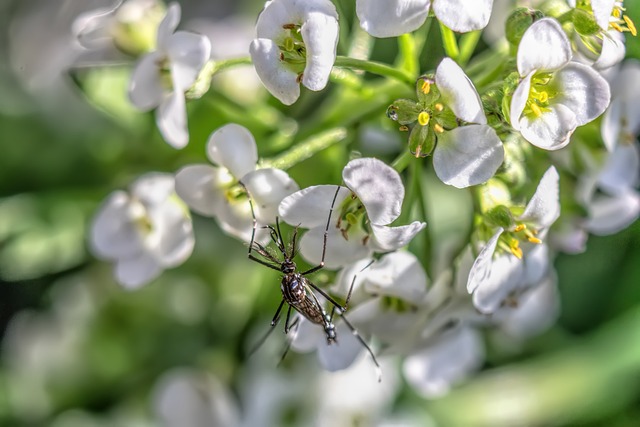
Community engagement and educational initiatives play a pivotal role in effective mosquito control. By involving local residents, schools, and community organizations, we can foster a collective understanding of mosquito biology and the importance of prevention. Educational programs can teach citizens about the life cycle of mosquitoes, the types of breeding sites, and simple yet powerful methods to reduce standing water—a critical step in breaking the mosquito reproduction cycle. This knowledge empowers individuals to take proactive measures in their homes and neighborhoods, significantly contributing to overall mosquito control efforts.
These initiatives also facilitate the sharing of best practices for personal protection against mosquito bites, such as using insect repellents, wearing protective clothing, and ensuring window screens are in good repair. Community engagement can lead to the formation of neighborhood watch programs where residents monitor potential breeding sites and report issues promptly, allowing local authorities and vector control teams to respond swiftly and efficiently. Through collaboration and education, communities become partners in the fight against mosquitoes, enhancing the effectiveness and sustainability of mosquito control strategies.
